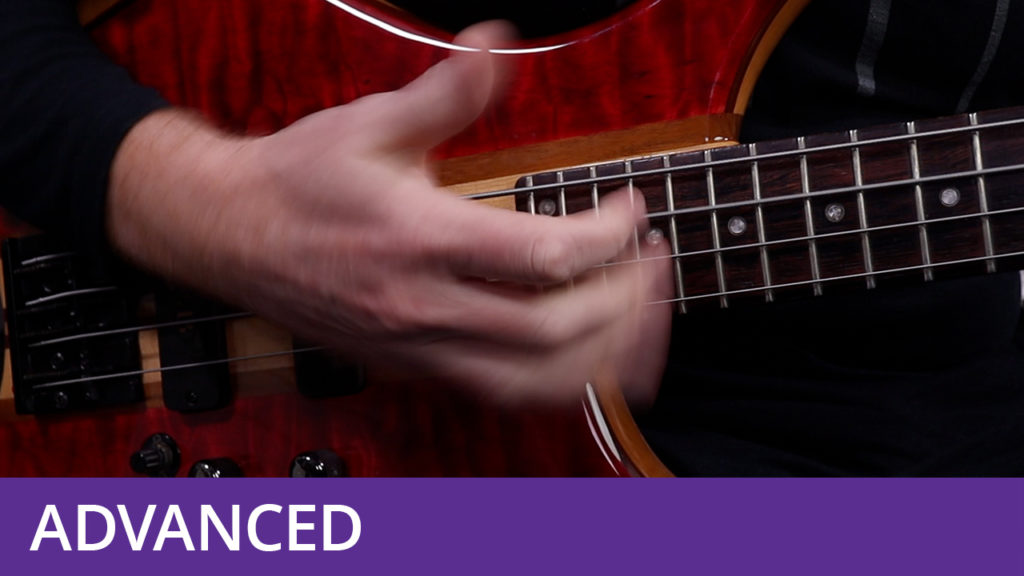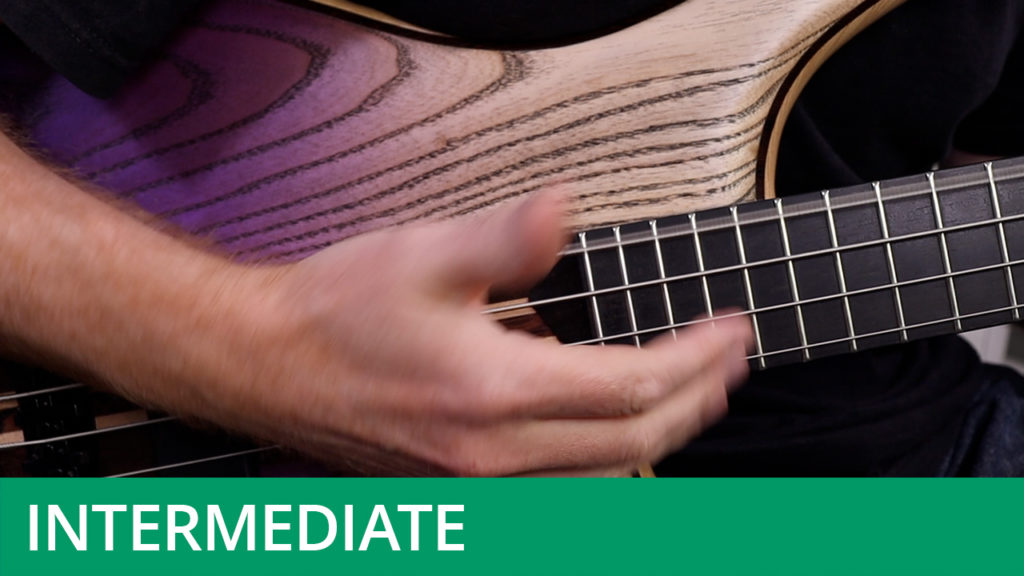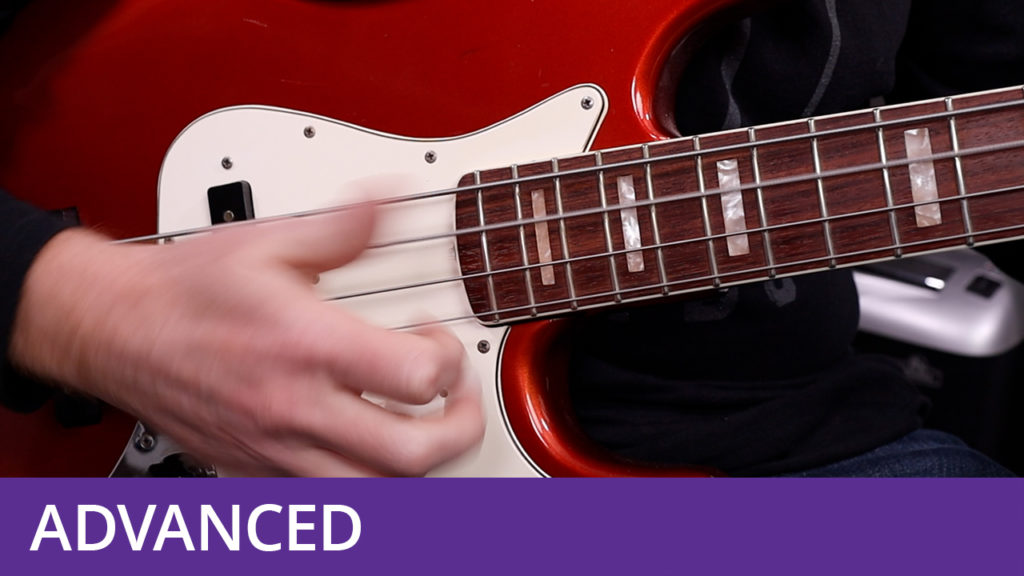Double Popping
Course Duration: 30 Minutes | Difficulty Level: 6
Double popping is a technique that requires you to pop the higher strings on the bass with the first and second fingers. These two popped notes - in combination with slapped notes - are commonly used as part of a triplet rhythm. Double popped triplets are often added into slap grooves to add rhythmic interest.
Most bass players learn to pop notes with either the first or second finger. It’s a good idea to be comfortable using both however, as this opens up further possibilities. These include popping double stops (as covered in the previous chapter) and playing triplet rhythms as described above. In this course we’ll be focussing on the latter.
Don’t forget to hit the Download Resources button above in order to download the PDF worksheet and audio files for this course (available to subscribers only). The worksheet is available with TAB and without, for those who wish to give their reading skills a workout.




